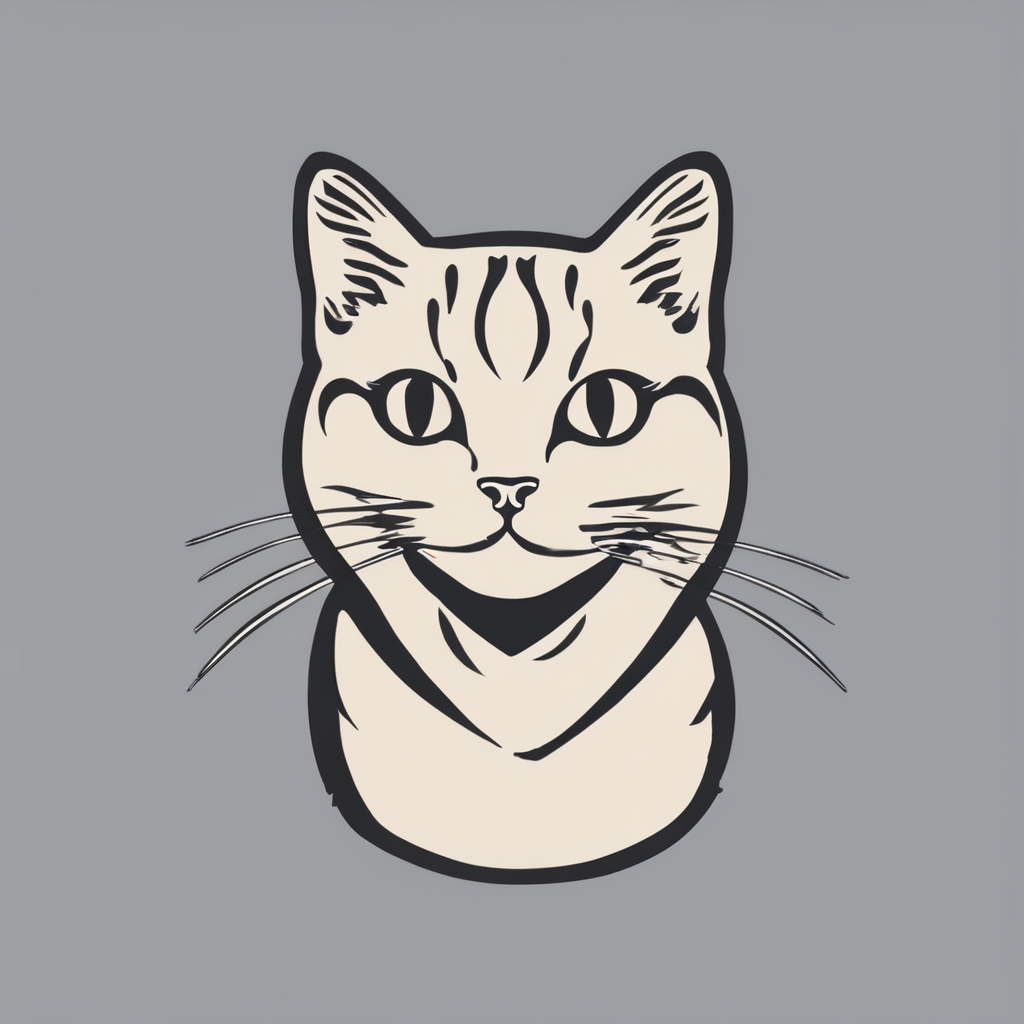Understanding the Relationship Between Cats and British Wildlife
Cats and British wildlife are closely intertwined, revealing complex ecological dynamics. In the UK, both domestic and feral cats contribute to a sizable feline population. Domestic cats live alongside humans but often roam outdoors, while feral cats exist independently. This dual presence influences local ecosystems differently but significantly.
The ecological impact of cats is multifaceted. Domestic cats often hunt small mammals, birds, and reptiles, affecting native wildlife populations. Feral cats, being untamed, tend to have a stronger predation effect, especially in rural and semi-wild areas. This interaction can lead to the decline of vulnerable species, sometimes altering natural population balances.
Also read : What are the signs of stress in UK cats and how can they be alleviated?
Research highlights that cats and British wildlife are connected through food chains and habitat competition. For instance, ground-nesting birds face increased risks due to cat predation. Additionally, cats can transmit diseases to native fauna, further impacting ecological health. Understanding these roles is essential to managing cat populations effectively while protecting Britain’s rich biodiversity. Balancing the presence of domestic and feral cats in the UK remains a critical challenge for conservationists and pet owners alike.
The Impact of Cat Predation on Native Species
Research on cat predation UK reveals significant effects on native wildlife. Studies estimate that domestic and feral cats together kill millions of birds and small mammals annually across the UK. These statistics underscore how predation by cats impacts vulnerable native species, particularly ground-nesting birds and small mammals like voles and shrews.
In parallel : What Are the Essential Dietary Needs of Cats in the UK?
The impact on native birds and mammals is substantial. Birds such as robins, wrens, and hedgehogs face considerable risks due to their size and limited escape options. Recent ecological research shows that reptiles, including slow worms, are also increasingly affected by cats’ hunting habits, further disrupting local ecosystems.
Ecological case studies in rural and suburban UK areas consistently demonstrate that even well-fed domestic cats instinctively hunt wildlife. For instance, a 2021 study tracked the prey brought home, finding that small mammals and birds constituted the majority of their kills. Understanding such wildlife predation statistics is vital for implementing effective conservation strategies and encouraging responsible pet ownership that reduces cat predation impacts.
Benefits Cats Provide to British Ecosystems
Cats play a significant role in controlling pests across both urban and rural British ecosystems. By naturally hunting rodents such as mice and rats, cats contribute to reducing populations that may otherwise cause damage to crops, spread disease, or invade homes. This pest control function helps maintain ecological balance and supports agricultural and residential areas alike.
In urban environments, cats help manage populations of pests that thrive in human-dense areas, such as rats in sewers or mice in buildings. Their presence can reduce the need for chemical rodenticides, promoting a healthier environment. Conversely, in rural settings, cats protect livestock feed and stored grains by preying on rodents, indirectly supporting farm productivity.
However, while the positive ecological roles of cats are notable, it is important to assess them alongside potential drawbacks. For instance, cats might also impact native wildlife like birds and small mammals, necessitating a balanced view of their ecological footprint. Despite such concerns, many studies acknowledge cats as a beneficial asset for pest management in both urban and rural contexts, often valuing their contribution to British ecosystems where invasive rodents are a persistent problem.
The Ongoing Debate: Conservation, Controversy, and Ethics
The intersection of cats and conservation presents a complex challenge in the UK. Conservationists often emphasize the need to protect native wildlife from predation by free-roaming domestic and feral cats. These animals can significantly impact populations of birds, small mammals, and reptiles, creating a tension between animal welfare and biodiversity efforts.
Conservationist viewpoints typically advocate for controlled cat management to mitigate harm to vulnerable species. This includes measures such as promoting responsible pet ownership, implementing cat exclusion zones in sensitive habitats, and supporting Trap-Neuter-Return (TNR) programs to manage feral populations humanely. However, this approach invites controversy, as some argue it infringes on the rights of cat owners or fails to fully address the ecological balance.
Ethical considerations play a major role in discussions about wildlife management in the UK. Balancing the welfare of cats themselves with the imperative to conserve native species presents a moral dilemma. For example, conservation policies that involve culling feral cats face opposition from animal welfare advocates, reflecting deep societal divides about how best to coexist with both domestic animals and wildlife. Understanding these intertwined issues is crucial for developing informed, empathetic wildlife management strategies.
Mitigation Strategies and UK Policy Initiatives
In the UK, cat management policies focus on balancing pet ownership with wildlife preservation. Current frameworks encourage responsible pet ownership while safeguarding vulnerable species. For example, local councils promote measures to reduce the impact of domestic cats on wildlife, such as encouraging containment during key breeding seasons or in sensitive habitats.
Practical solutions to cat-wildlife conflict include the use of brightly colored collars with bells to alert prey, reducing successful hunts. Containment strategies, like keeping cats indoors during dawn and dusk, are effective in limiting wildlife encounters. Public awareness campaigns also educate pet owners about the ecological consequences of free-roaming cats and promote community involvement in reporting and supporting local conservation efforts.
The role of pet owners is pivotal—they can adopt responsible habits such as microchipping and neutering, which help control stray populations. Communities and authorities collaborate in creating wildlife-friendly zones and supporting initiatives that protect native species. Together, these approaches reflect an evolving and multifaceted strategy under UK cat management policies, emphasizing coexistence rather than conflict.
